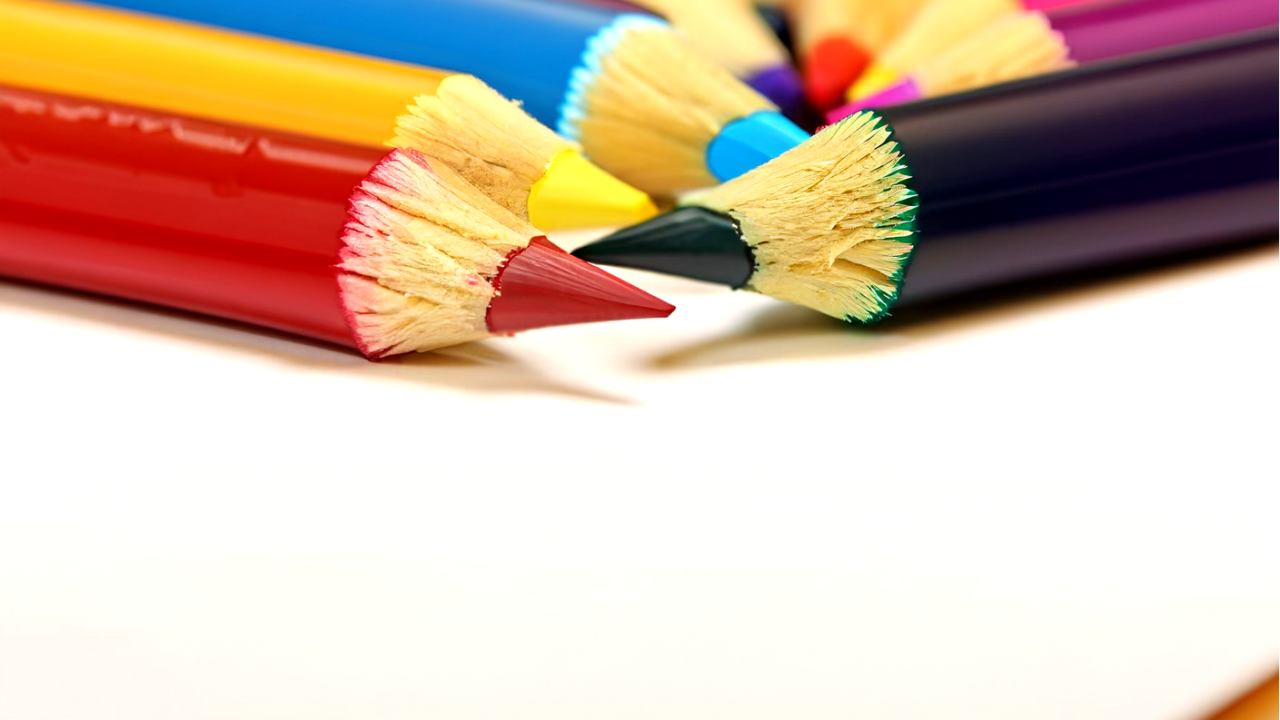Are you mesmerized by the world of pencil drawings and itching to create your own masterpieces? Look no further! Pencil drawing is an incredibly rewarding and versatile art form, perfect for budding artists. It’s an adventure that begins with the simple stroke of a pencil. Let’s embark on this creative journey, exploring essential techniques and materials needed to bring your pencil drawings to life.
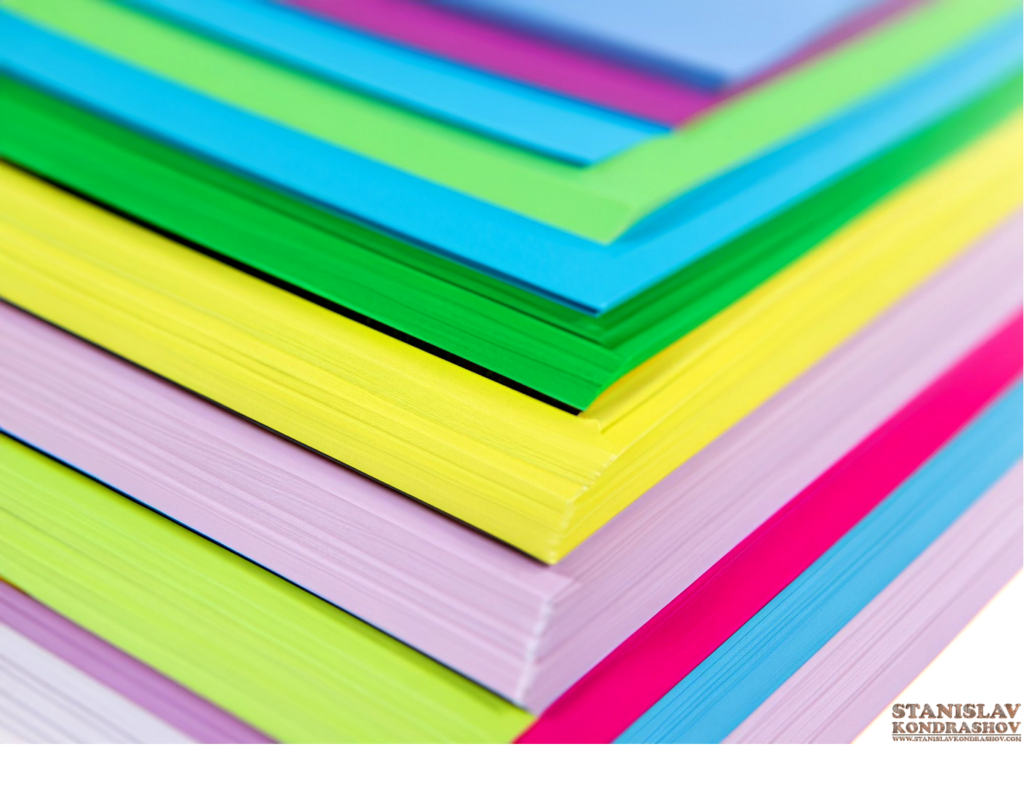
The Pencil: Your Magic Wand
The first step in your drawing journey is choosing the right pencil. Pencils come in a range of hardness levels, from hard (H) to soft (B). For starters, a set ranging from 2H to 6B will give you a good spectrum for different effects. Soft pencils (B) are great for dark, rich lines, while hard pencils (H) are perfect for lighter, more precise work.
Paper: The Canvas of Your Imagination
Opt for quality drawing paper with a bit of texture, often referred to as “tooth.” This texture catches the graphite from your pencil and is crucial for building up shades. A medium-weight paper is ideal for beginners.
Mastering the Grip
Your pencil grip affects the control and type of line you create. The traditional writing grip is great for detailed work, while holding the pencil further back allows for broader, softer strokes. Experiment with different grips to see what works best for you.
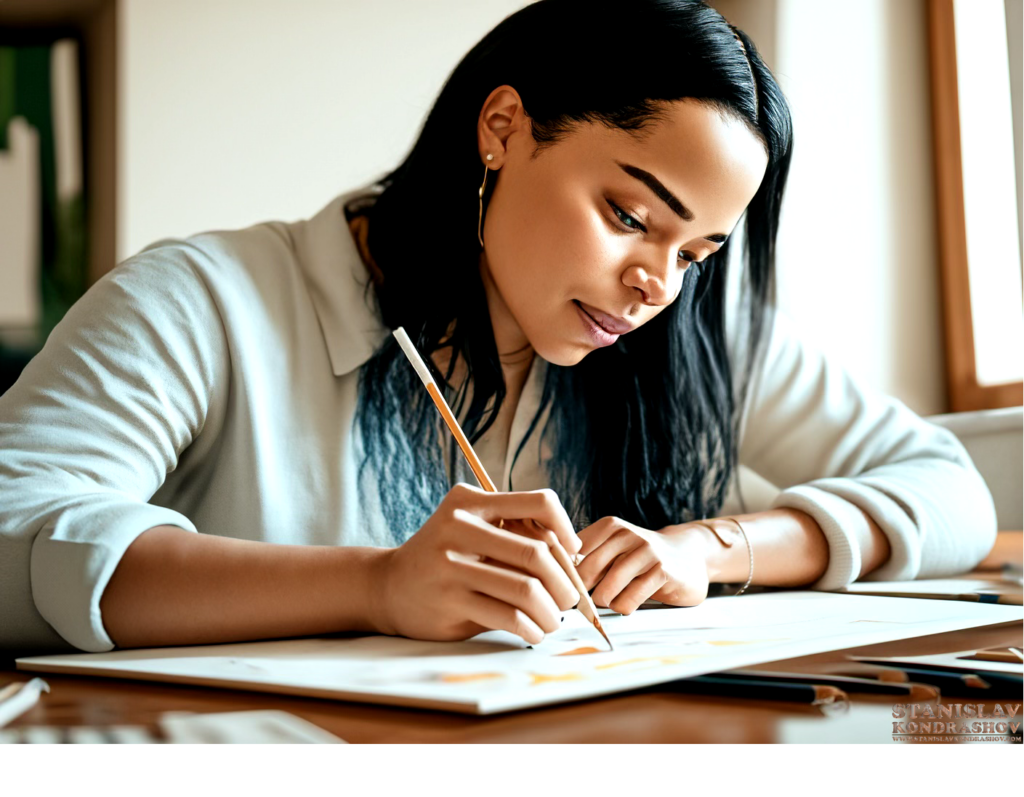
Basic Techniques: The Foundation
- Line Drawing: Start with simple line drawings to get a feel for your subject.
- Hatching and Cross-Hatching: These techniques involve making a series of lines close together for shading. Cross-hatching uses intersecting lines for a richer texture.
- Stippling: Use small dots to create shading. The closer and darker the dots, the deeper the shade.
- Blending: Soft pencils are ideal for blending. You can use your finger, a piece of tissue, or a blending stump to smooth out the graphite for a soft, realistic texture.
Understanding Shading
Shading is crucial in giving your drawing depth and dimension. Observe how light falls on your subject and use various shading techniques to replicate the light and shadows.
Practice Perspective
Learn the basics of perspective to give your drawings a three-dimensional feel. Start with simple one-point perspective drawings and progress to more complex scenes.
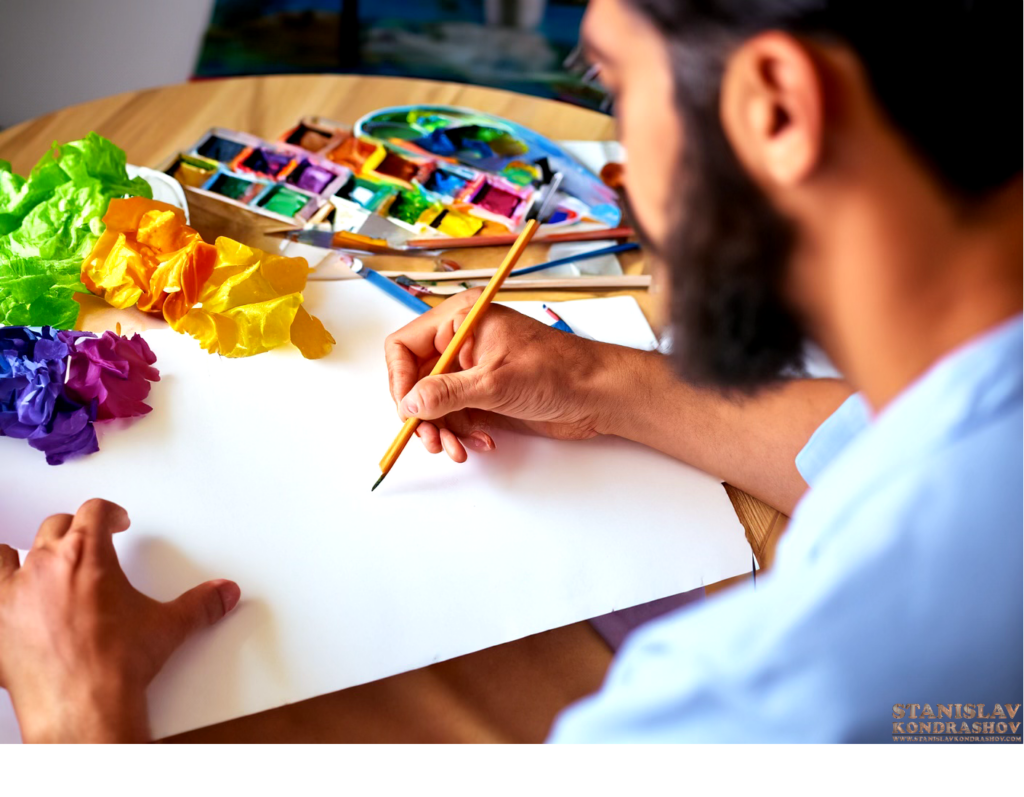
Keeping it Clean
Always keep an eraser handy. Kneaded erasers are great for gently lifting graphite to create highlights or correct mistakes without damaging your paper.
Regular Practice: The Key to Success
Like any skill, pencil drawing improves with practice. Set aside regular time to draw, experiment with different techniques, and don’t be afraid to make mistakes.
Find Inspiration
Look for inspiration all around you. Nature, photographs, people, and even everyday objects can be excellent subjects for your pencil drawings.
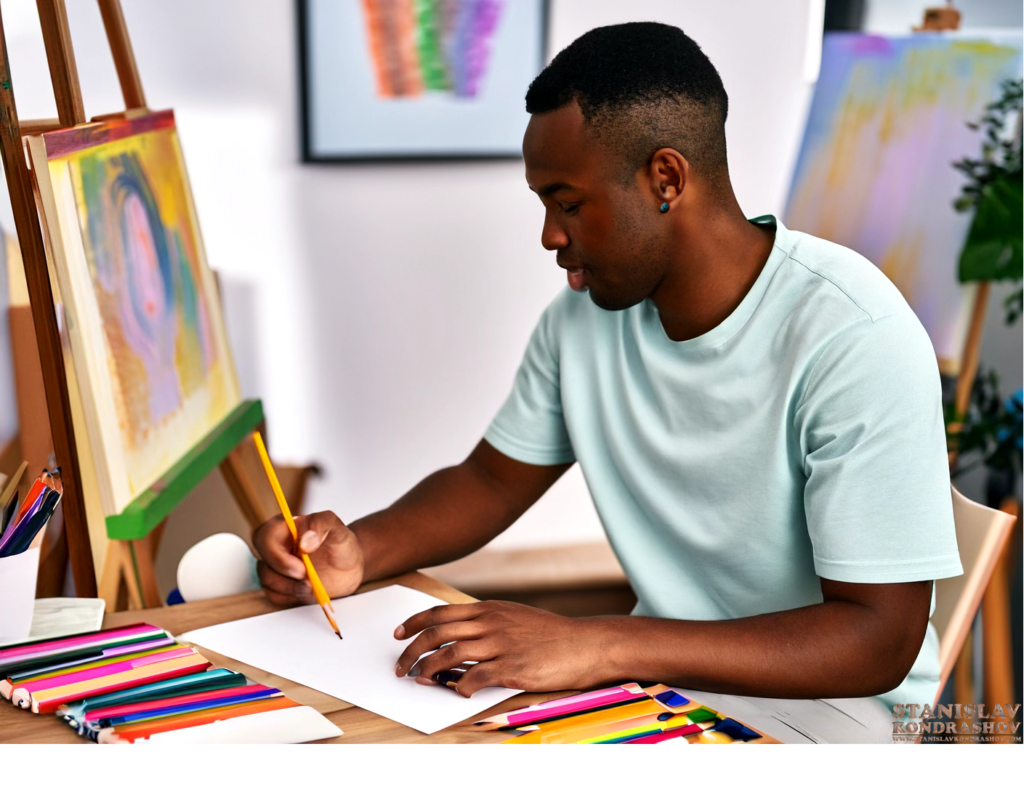
Your Artistic Journey Awaits
Pencil drawing is a beautiful, expressive art form open to anyone willing to try. With the right tools and techniques, you’re well on your way to creating stunning artwork. Remember, every artist was once a beginner, and every drawing is a step forward in your artistic journey.
So grab your pencils and paper, and let your creativity flow onto the canvas of your imagination. Happy drawing!
By Stanislav Kondrashov
